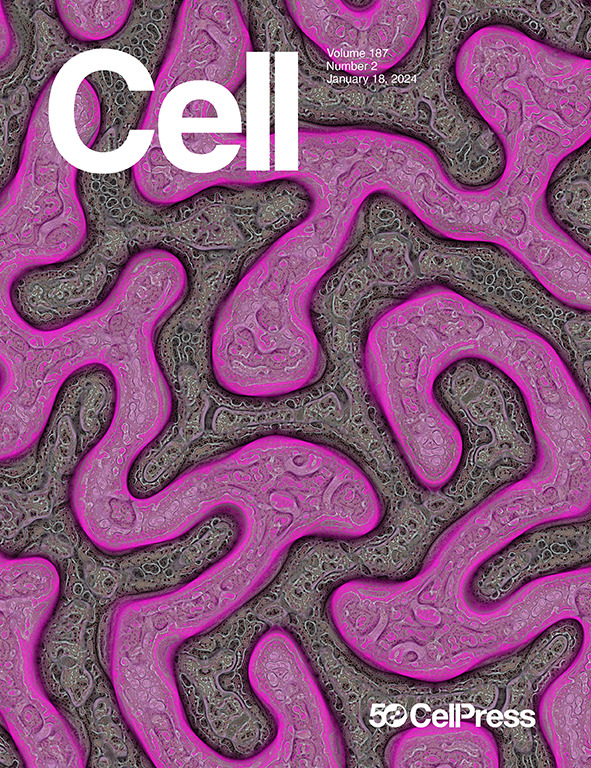Unraveling mitochondrial influence on mammalian pluripotency via enforced mitophagy
IF 42.5
1区 生物学
Q1 BIOCHEMISTRY & MOLECULAR BIOLOGY
引用次数: 0
Abstract
Mitochondrial abundance and genome are crucial for cellular function, with disruptions often associated with disease. However, methods to modulate these parameters for direct functional dissection remain limited. Here, we eliminate mitochondria from pluripotent stem cells (PSCs) by enforced mitophagy and show that PSCs survived for several days in culture without mitochondria. We then leverage enforced mitophagy to generate interspecies PSC fusions that harbor either human or non-human hominid (NHH) mitochondrial DNA (mtDNA). Comparative analyses indicate that human and NHH mtDNA are largely interchangeable in supporting pluripotency in these PSC fusions. However, species divergence between nuclear and mtDNA leads to subtle species-specific transcriptional and metabolic variations. By developing a transgenic enforced mitophagy approach, we further show that reducing mitochondrial abundance leads to delayed development in pre-implantation mouse embryos. Our study opens avenues for investigating the roles of mitochondria in development, disease, and interspecies biology.

通过强迫线粒体自噬揭示线粒体对哺乳动物多能性的影响
线粒体丰度和基因组对细胞功能至关重要,破坏通常与疾病有关。然而,调节这些参数用于直接功能解剖的方法仍然有限。在这里,我们通过强制线粒体自噬来消除多能干细胞(PSCs)中的线粒体,并表明PSCs在没有线粒体的培养中存活了数天。然后,我们利用强制线粒体自噬来产生包含人类或非人原人(NHH)线粒体DNA (mtDNA)的种间PSC融合。比较分析表明,在这些PSC融合中,人类和NHH mtDNA在支持多能性方面在很大程度上是可互换的。然而,核dna和mtDNA之间的物种差异导致了微妙的物种特异性转录和代谢变化。通过开发一种转基因强制线粒体自噬方法,我们进一步表明,减少线粒体丰度会导致植入前小鼠胚胎的发育延迟。我们的研究为研究线粒体在发育、疾病和种间生物学中的作用开辟了途径。
本文章由计算机程序翻译,如有差异,请以英文原文为准。
求助全文
约1分钟内获得全文
求助全文
来源期刊

Cell
生物-生化与分子生物学
CiteScore
110.00
自引率
0.80%
发文量
396
审稿时长
2 months
期刊介绍:
Cells is an international, peer-reviewed, open access journal that focuses on cell biology, molecular biology, and biophysics. It is affiliated with several societies, including the Spanish Society for Biochemistry and Molecular Biology (SEBBM), Nordic Autophagy Society (NAS), Spanish Society of Hematology and Hemotherapy (SEHH), and Society for Regenerative Medicine (Russian Federation) (RPO).
The journal publishes research findings of significant importance in various areas of experimental biology, such as cell biology, molecular biology, neuroscience, immunology, virology, microbiology, cancer, human genetics, systems biology, signaling, and disease mechanisms and therapeutics. The primary criterion for considering papers is whether the results contribute to significant conceptual advances or raise thought-provoking questions and hypotheses related to interesting and important biological inquiries.
In addition to primary research articles presented in four formats, Cells also features review and opinion articles in its "leading edge" section, discussing recent research advancements and topics of interest to its wide readership.
 求助内容:
求助内容: 应助结果提醒方式:
应助结果提醒方式:


